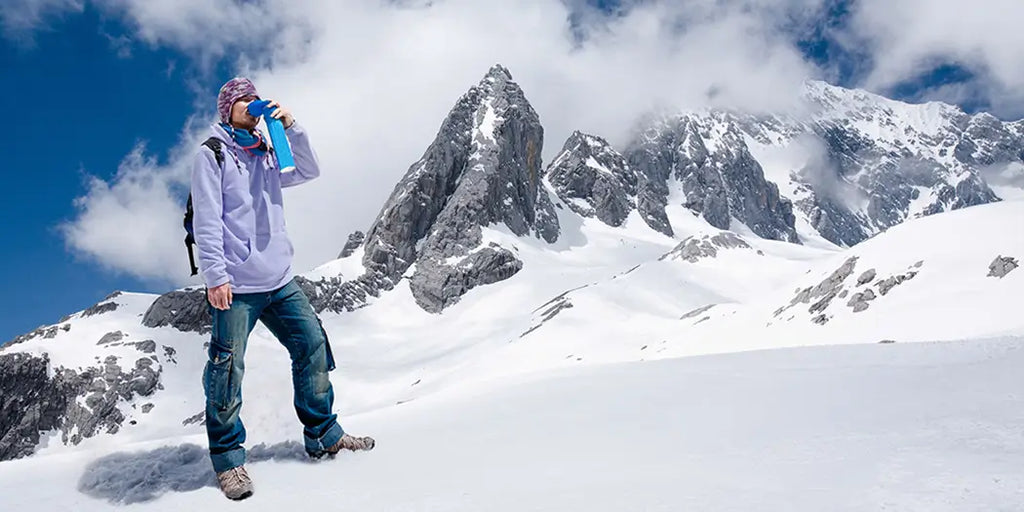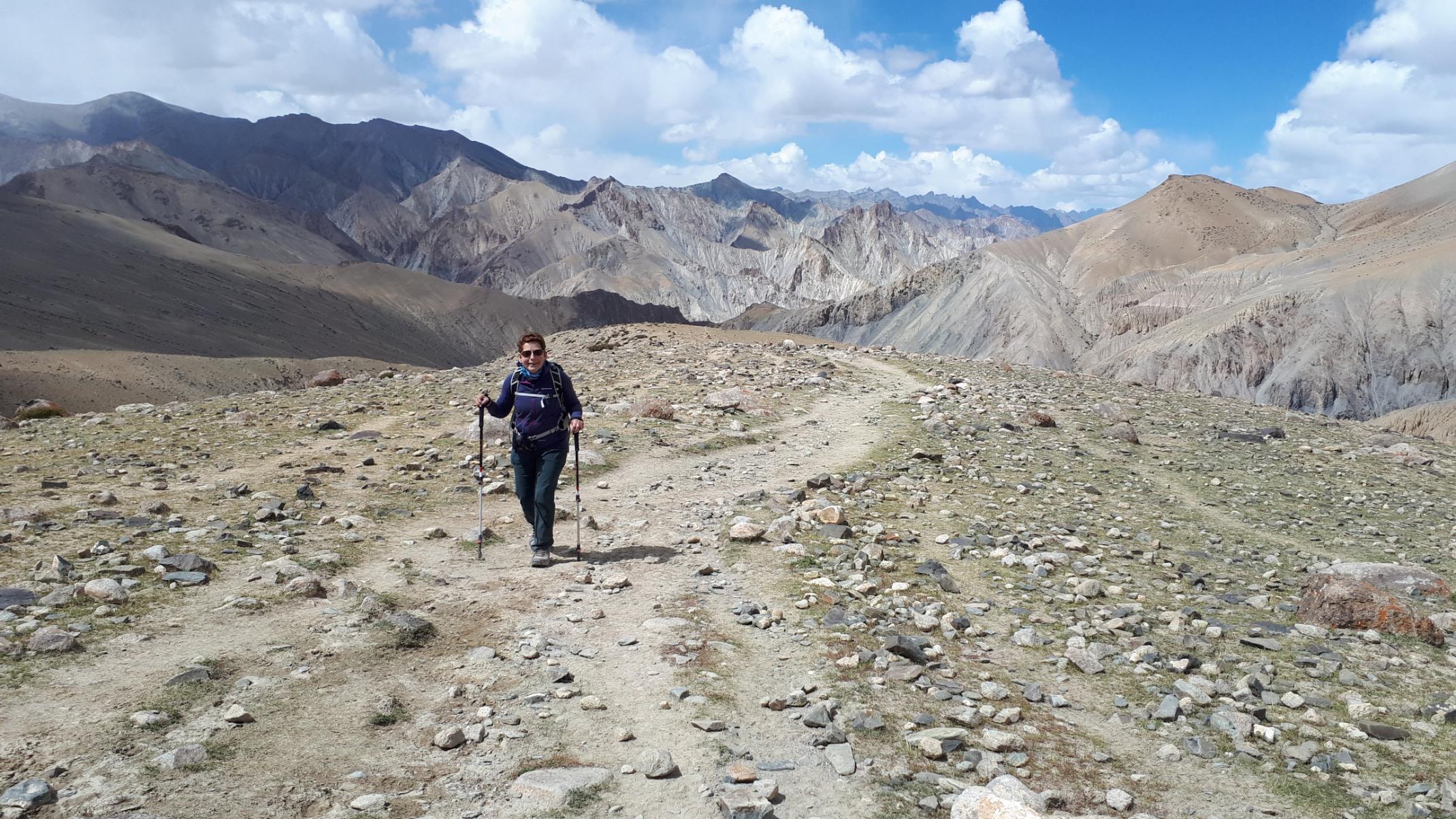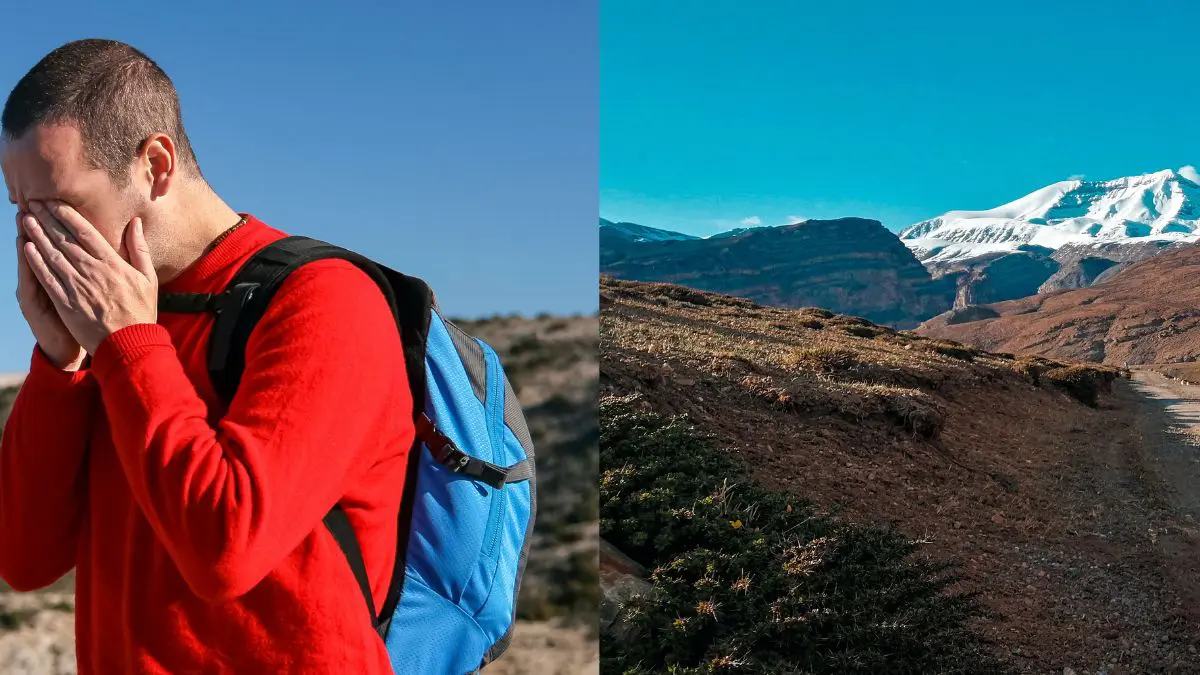
Understanding High Altitudes and How They Affect Your Body
You don’t have to climb a mountain to feel the effects of high elevation. Some of the world’s most popular travel spots—like Cusco in Peru (11,152 feet) or Leh in India (11,550 feet)—sit at dizzying heights that can leave you gasping for air just by walking through the streets. But what’s actually going on inside your body when you’re up that high?
When you’re at higher altitudes, the air has less oxygen, and your body has to adjust. According to Peter Hackett, director of the Institute for Altitude Medicine in Colorado, “Your breathing speeds up, which can make you feel short of breath. Also, the blood vessels in your brain expand to allow more blood and oxygen to flow, which is why you might experience that pounding headache.”
However, it’s not just a headache you have to worry about. Acute mountain sickness (AMS) is common at high altitudes and can cause symptoms like trouble sleeping, nausea, fatigue, and loss of appetite. If you don’t listen to your body and continue climbing higher, you risk more serious conditions like HAPE (high-altitude pulmonary edema) or HACE (high-altitude cerebral edema), both of which are life-threatening.
Despite these potential issues, the views at high altitudes are some of the most beautiful on Earth. To fully enjoy them and stay safe, here are some helpful tips to keep in mind:
Helpful Tips for Staying Comfortable at High Altitudes

1. Take It Easy
When you first arrive at high altitudes, give your body time to adjust. For the first couple of days, avoid overexertion. It’s fine to engage in light activity, but try not to push yourself too hard. This allows your body to acclimatize properly.
2. Eat Small Meals

At high altitudes, digestion slows down, so stick to smaller meals that are easy to digest. Avoid heavy meals that might make you feel sluggish. Foods like simple carbs—think energy bars or snacks—work great.
3. Stay Hydrated

Dehydration can mimic the symptoms of AMS, so be sure to drink plenty of water. Hydrating helps your body adjust to the altitude, preventing headaches and fatigue.
4. Skip the Bottled Oxygen

While you might see bottled oxygen for sale in stores or drugstores, they’re not as helpful as you might think. These cans don’t contain enough oxygen to make a real difference, so it’s better to rely on natural acclimatization.
5. Protect Your Skin

At higher altitudes, UV exposure increases by 5% for every 1,000 feet you climb. Make sure to wear sunglasses, a wide-brimmed hat, and sunscreen to protect your skin from the harsher sun.
6. Limit Alcohol

Alcohol can slow your body’s breathing response to the lower oxygen levels, so it’s best to limit drinking when you first arrive. If you want to have a drink, keep it to just one beer or glass of wine on the first night.
7. Be Cautious with Kids

Babies under six weeks should avoid high altitudes because their circulatory systems aren’t fully developed. For younger children (under four or five), it’s best to take the ascent in stages and carefully monitor for any signs of discomfort, as they might not be able to express how they’re feeling.
8. Pack a High-Altitude Kit

Make sure to come prepared with the right supplies. A good high-altitude kit should include:
- Ibuprofen for headaches
- Acetazolamide (Diamox) to speed up acclimatization
- Easy-to-digest carbs, like gummy bears or energy bars
- Sun protection like sunscreen and lip balm
- A water bottle to stay hydrated
FAQs About High-Altitude Travel
1. Why do I feel short of breath at high altitudes?
At high altitudes, there’s less oxygen in the air, which causes your body to breathe faster to get more oxygen. This can make you feel winded, especially if you’re not used to the elevation.
2. What is acute mountain sickness (AMS)?
AMS is a common condition at high altitudes that causes symptoms like nausea, headaches, loss of appetite, and fatigue. If you don’t acclimatize properly, it can lead to more serious conditions like HAPE or HACE.
3. How can I prevent altitude sickness?
The best way to avoid altitude sickness is to take it slow. Avoid overexertion for the first few days, stay hydrated, eat smaller meals, and protect your skin from the sun. Listening to your body is key to staying safe.
4. Can children go to high altitudes?
Children under six weeks should not be exposed to high altitudes. For older children, it’s important to ascend gradually and watch for any signs of discomfort, as younger kids may not be able to communicate how they’re feeling.
5. Should I drink alcohol at high altitudes?
It’s best to avoid alcohol, especially when you first arrive at high altitudes. Alcohol can slow your breathing response to low oxygen levels, making it harder for your body to acclimate.
6. Is bottled oxygen effective?
Bottled oxygen sold in stores doesn’t have enough oxygen to make a significant difference. It’s better to allow your body to naturally acclimatize to the higher elevation.
Conclusion
High-altitude destinations offer some of the world’s most breathtaking views, but they come with unique challenges. Whether you’re hiking in the Andes, exploring the Himalayas, or visiting a city at a high elevation, it’s essential to take the proper precautions to ensure a safe and enjoyable experience. By taking it slow, staying hydrated, eating small meals, and trusting your body’s signals, you can make the most of your high-altitude adventure and enjoy the stunning landscapes without the discomfort of altitude sickness.
